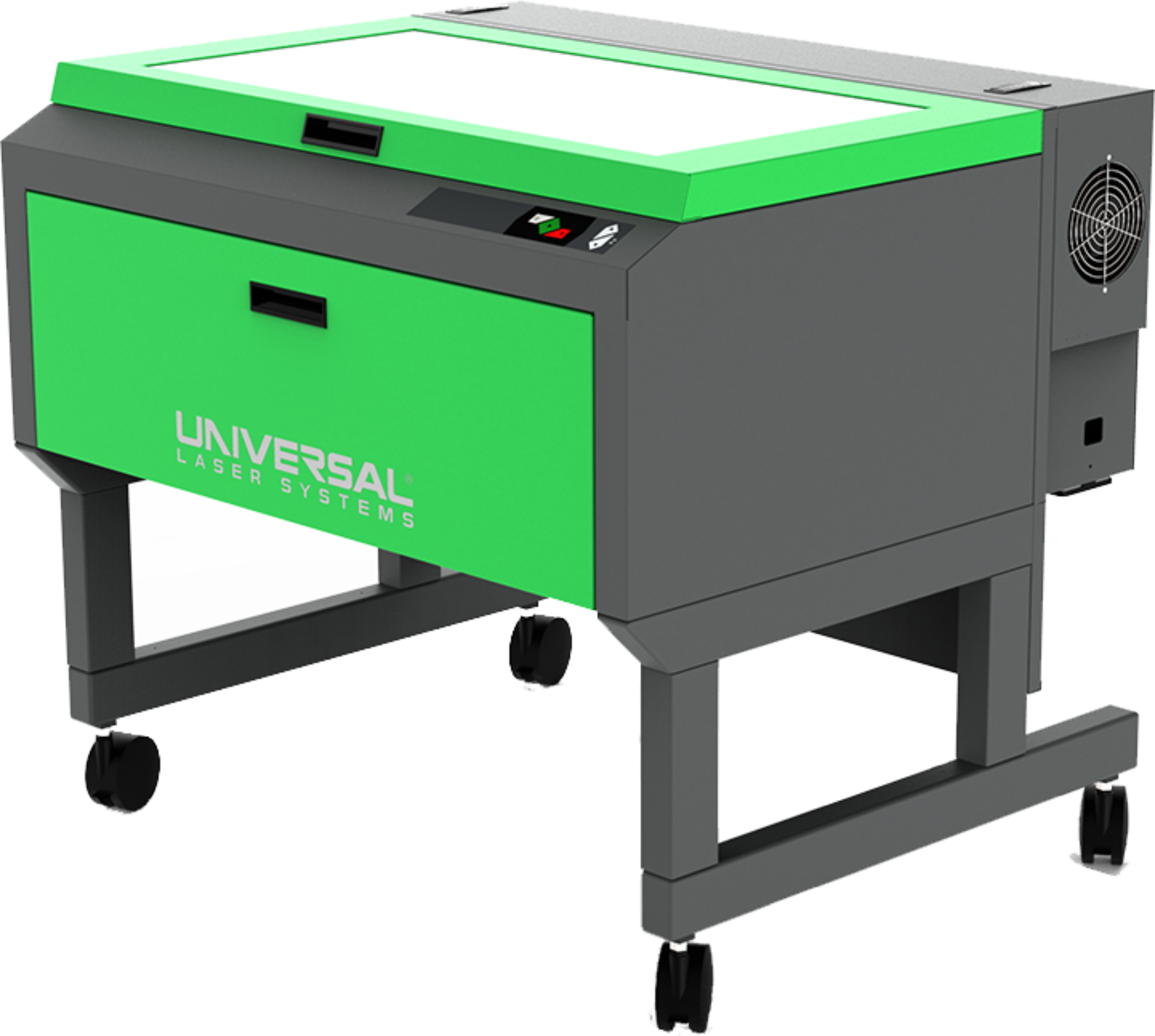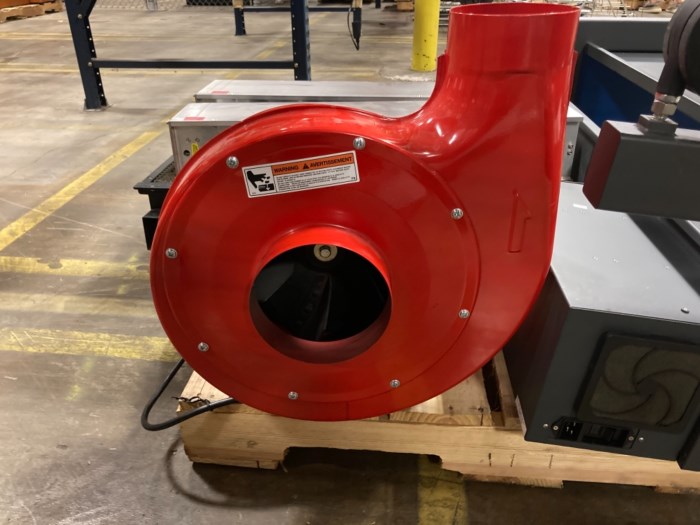

The cookie is used to store the user consent for the cookies in the category "Other. This cookie is set by GDPR Cookie Consent plugin. The cookies is used to store the user consent for the cookies in the category "Necessary". The cookie is set by GDPR cookie consent to record the user consent for the cookies in the category "Functional". The cookie is used to store the user consent for the cookies in the category "Analytics". This cookie is placed by CleanTalk Spam Protect to prevent spam and to store the addresses (urls) visited on the website. This cookie is placed by CleanTalk Spam Protect to prevent spam and to store the referrer page address which led the user to the website. These cookies ensure basic functionalities and security features of the website, anonymously.ĬleanTalk sets this cookie to prevent spam on comments and forms and act as a complete anti-spam solution and firewall for the site.įunctional cookie placed by CleanTalk Spam Protect to store referring IDs and prevent unauthorized spam from being sent from the website. Necessary cookies are absolutely essential for the website to function properly. Performs under temperature variations, background noise, vapor pressure and low dielectric or acoustically absorbing materials.Recognizes small targets at long distances, within narrow openings and from sharp angles.Makes non-contact and non-intrusive measurements without the need for frequent calibration.Easily identifies difficult targets such as liquids, non-reflective material and fast moving objects.product with all the necessary components, which is more ideal for system integrators. The ULS can be sold as a stand-alone unit with a rugged, aluminum housing with a flange for easy mounting. Use a high level for attaining maximum range in clear conditions, and use a low level for shooting through airborne particulates.

There is also a laser power level adjustment that controls the distance measuring capability of the sensor. Setting a short or long gate will program the laser to take measurements within a certain distance or beyond a designated point. The interface allows you to easily set specific operating parameters within the ULS and control the sensor’s operation. Adjusting the sensor’s range within a predetermined distance for presence detection, averaging the number of individual measurements for increased accuracy, and modifying how often you want data values generated are just some of the many parameters you can control. The Universal Laser Sensor (ULS) puts you in complete control by being fully programmable.


 0 kommentar(er)
0 kommentar(er)
